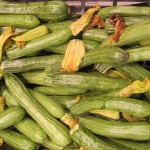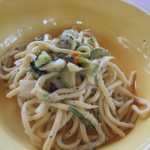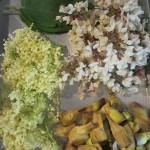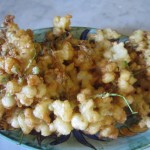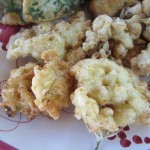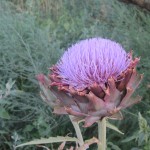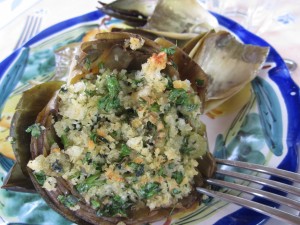 When I was growing up we always had a garden. My dad did the flowers, my mom did the vegetables. She’d compete with the neighbor to see who could grow the biggest carrots and it seems like she always lost. Mainly because I remember her competitive spirit. “That darned Larry Marks did it again! What the heck does he feed his carrots??” She composted and fertilized, weeded and sought out the best seeds. She really cared about doing the best job she could in raising the vegetables she planted and we always had a bumper crop.
When I was growing up we always had a garden. My dad did the flowers, my mom did the vegetables. She’d compete with the neighbor to see who could grow the biggest carrots and it seems like she always lost. Mainly because I remember her competitive spirit. “That darned Larry Marks did it again! What the heck does he feed his carrots??” She composted and fertilized, weeded and sought out the best seeds. She really cared about doing the best job she could in raising the vegetables she planted and we always had a bumper crop.
Summers of my childhood are remembered by our chores in the garden: picking raspberries, knocking june bugs into cans of gasoline, weeding. But actually picking the vegetables was mom’s job, she didn’t trust it to anyone else.
With zucchini, bigger wasn’t necessarily better and you had to pick them before they were what grandma called “gagooz”, really huge ones that were only good stuffed and baked. Regardless of their size or number, Mom had a great repertoire of recipes to render them delicious. I remember best her zucchini pancakes. They made a perfect side dish to anything and we’d have them hot for dinner and cold the next day for lunch. They’re easy and delicious, filled with grated zucchini, herbs, parmigiano and onion. Held together with a little egg and a tablespoon of flour, fried in olive oil. Enjoy!
Zucchini Pancakes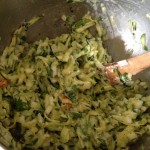
2 cups grated zucchini
2 eggs
½ cup grated Parmigiano
3-4 scallions, chopped
1 teas sea salt
1 tbsp each parsley and basil, chopped
Dash black pepper
2 tbsp flour
Grate the zucchini on a large grate into a bowl. Add the remaining ingredients and stir together well. Heat a saute pan or griddle with a little olive oil, add the zucchini batter in small rounds and fry. Flatten each pancake, flip when browned to brown the other side.
Don’t let the batter sit too long before frying as the salt draws water from the zucchini and becomes very watery, in which case you might have to add another egg and some flour.
